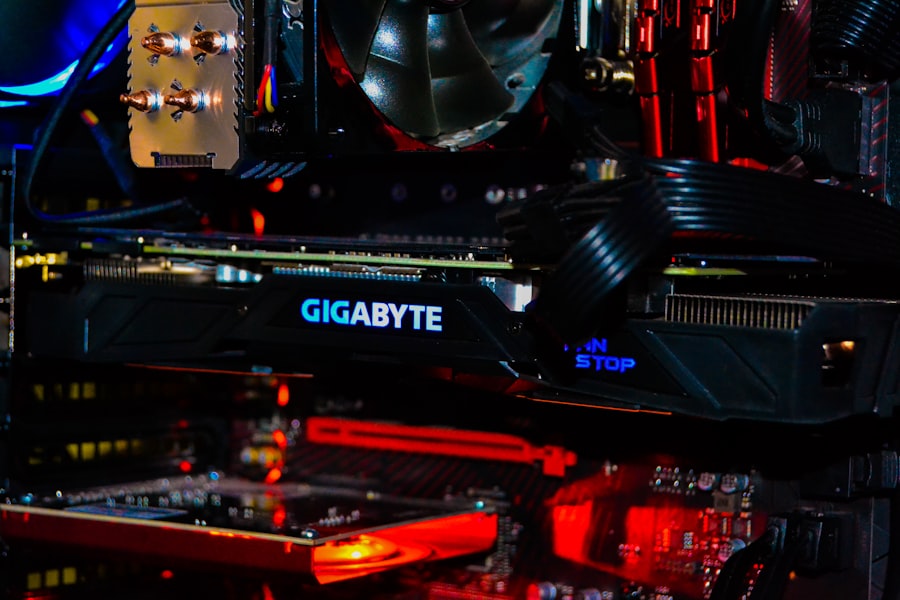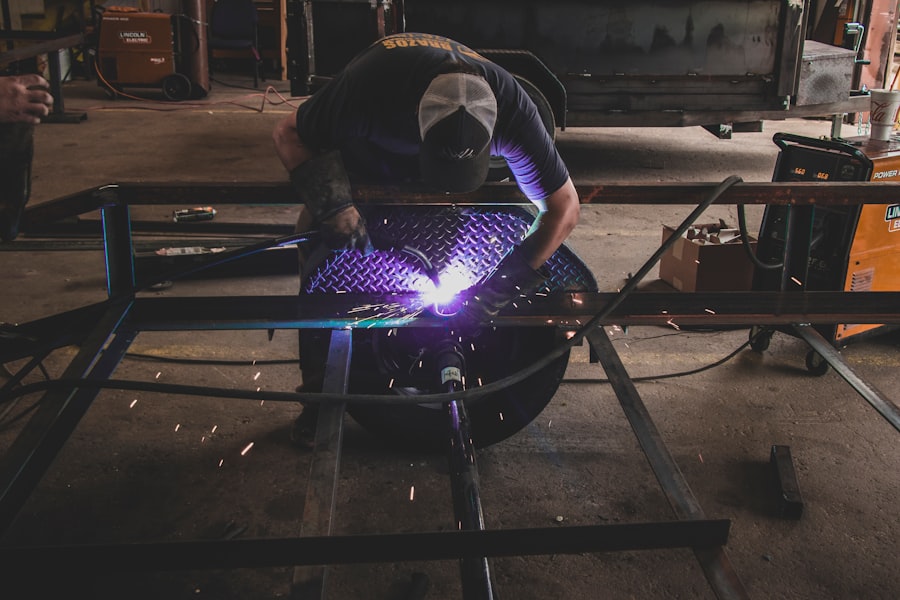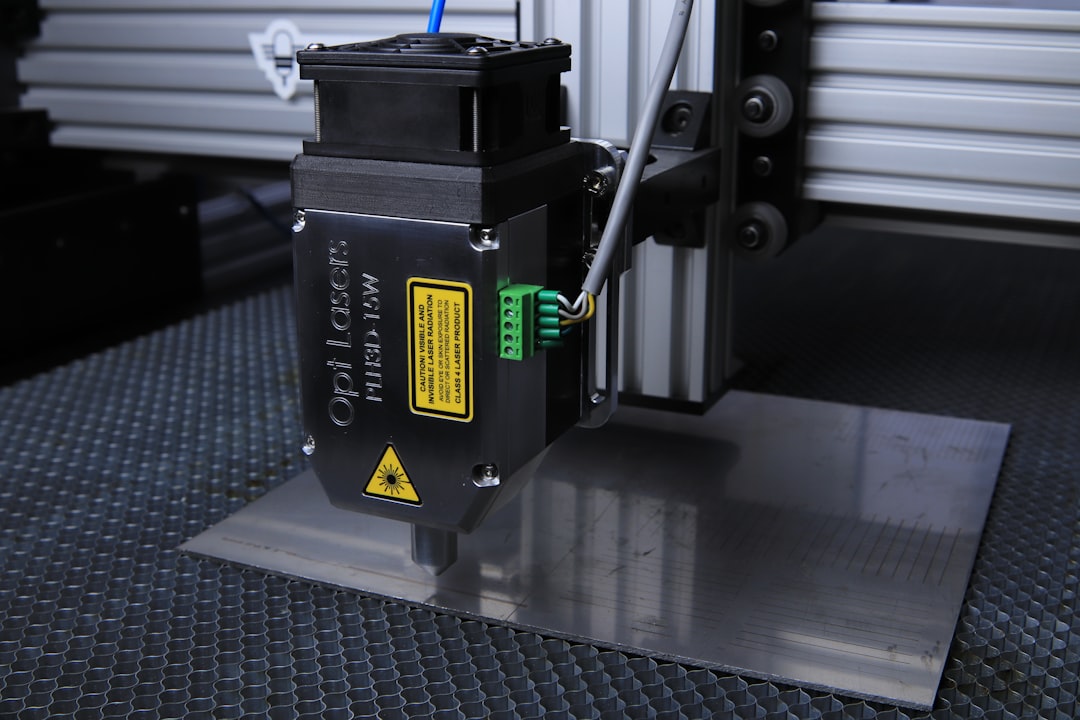Laser hair removal is a popular cosmetic procedure that utilizes concentrated beams of light to target and eliminate unwanted hair. The process works by emitting a specific wavelength of light that is absorbed by the pigment in the hair follicles.
As you consider this option, it’s essential to understand how the technology works and what makes it effective. The procedure is designed to be precise, targeting only the hair while leaving the surrounding skin unharmed. The effectiveness of laser hair removal can vary based on several factors, including hair color, skin type, and the area being treated.
Generally, the best candidates for this treatment have light skin and dark hair, as the contrast allows the laser to focus more effectively on the hair follicles. However, advancements in technology have made it possible for individuals with various skin tones and hair colors to benefit from this procedure. Understanding these nuances will help you set realistic expectations and make informed decisions about your hair removal journey.
Key Takeaways
- Laser hair removal targets hair follicles to inhibit future hair growth
- Research and choose a reputable clinic with experienced technicians
- Shave the treatment area and avoid sun exposure before the procedure
- Expect some discomfort during the procedure, but results are long-lasting
- Follow aftercare instructions to minimize potential side effects and maintain results
Choosing the Right Laser Hair Removal Clinic
Selecting the right clinic for your laser hair removal treatment is crucial for ensuring a safe and effective experience. Start by researching clinics in your area, paying attention to their reputation and reviews from previous clients. You want to find a facility that is well-regarded for its professionalism and results.
Look for clinics that employ certified technicians who have undergone extensive training in laser hair removal techniques. This expertise is vital for minimizing risks and maximizing the effectiveness of the treatment. Additionally, consider visiting potential clinics for consultations before making your decision.
During these visits, you can assess the cleanliness of the facility, the friendliness of the staff, and the overall atmosphere. A reputable clinic will take the time to answer your questions and address any concerns you may have. It’s also wise to inquire about the types of lasers they use, as different lasers are suited for different skin types and hair colors.
By taking these steps, you can ensure that you choose a clinic that prioritizes your safety and satisfaction.
Preparing for Your Laser Hair Removal Treatment

Preparation is key to achieving optimal results from your laser hair removal sessions. Before your appointment, it’s important to avoid sun exposure for at least two weeks. Tanning can increase the risk of complications during treatment and may affect the laser’s ability to target hair follicles effectively.
If you have recently tanned or have sunburned skin, it’s advisable to reschedule your appointment until your skin has returned to its normal state. In addition to sun protection, you should also refrain from waxing or plucking hair in the area to be treated for at least four weeks prior to your session. These methods remove hair from the follicle, which is counterproductive to laser treatment since the laser needs a hair shaft to effectively target the follicle.
Shaving is typically allowed and even recommended, as it leaves the hair shaft intact while minimizing surface irritation. By following these preparation guidelines, you can enhance the effectiveness of your treatment and reduce potential side effects.
What to Expect During the Laser Hair Removal Procedure
| Aspect | Details |
|---|---|
| Procedure | Laser hair removal |
| Duration | Depends on the area being treated, typically 15 minutes to 1 hour |
| Sessions | Multiple sessions required for best results |
| Pain | Mild discomfort, often described as a rubber band snapping against the skin |
| Side effects | Redness, swelling, and temporary pigment changes |
| Aftercare | Avoid sun exposure, moisturize, and follow specific instructions from the provider |
When you arrive for your laser hair removal appointment, you can expect a thorough consultation where your technician will review your medical history and discuss your goals for treatment. They will likely apply a topical anesthetic to minimize discomfort during the procedure. Once you’re ready, the technician will use a handheld laser device to target the unwanted hair.
You may feel a slight stinging sensation as the laser pulses against your skin, but this discomfort is generally brief. The duration of each session will depend on the size of the area being treated. Smaller areas like the upper lip may take only a few minutes, while larger areas like the legs or back could take up to an hour or more.
Throughout the procedure, your technician will monitor your comfort level and adjust settings as needed to ensure an effective treatment while minimizing any pain. Afterward, you may notice some redness or swelling in the treated area, but these effects typically subside within a few hours.
Aftercare and Maintenance for Laser Hair Removal
After your laser hair removal session, proper aftercare is essential for promoting healing and achieving optimal results. You should avoid sun exposure for at least two weeks following treatment, as your skin will be more sensitive and susceptible to sunburn. If you must go outside, applying a broad-spectrum sunscreen with a high SPF is crucial to protect your skin from UV damage.
Additionally, it’s important to keep the treated area clean and moisturized. Use gentle cleansers and avoid harsh scrubs or exfoliants that could irritate your skin. If you experience any discomfort or irritation, over-the-counter pain relievers can help alleviate these symptoms.
Staying hydrated and maintaining a healthy skincare routine will also support your skin’s recovery process and enhance the overall results of your treatment.
Potential Risks and Side Effects of Laser Hair Removal

Common Side Effects
Temporary redness, swelling, or mild discomfort in the treated area are common side effects of laser hair removal.
Rare but Serious Side Effects
In rare cases, more serious side effects may occur, such as blistering, scarring, or changes in skin pigmentation. These risks can be minimized by choosing a qualified clinic with experienced technicians who use appropriate laser technology for your skin type.
Minimizing Risks
It’s essential to discuss any concerns with your technician during your consultation so they can provide guidance on how to minimize risks and ensure a safe experience. By doing so, you can enjoy the benefits of laser hair removal while minimizing the risk of adverse effects.
The Importance of Multiple Laser Hair Removal Sessions
One of the key aspects of successful laser hair removal is understanding that multiple sessions are typically required for optimal results. Hair grows in cycles, and not all hairs are in the same growth phase at any given time. Laser treatments are most effective on hairs that are in their active growth phase; therefore, multiple sessions are necessary to target all hairs effectively.
Most individuals require between six to eight sessions spaced several weeks apart to achieve significant hair reduction. Your technician will develop a personalized treatment plan based on your specific needs and goals. By committing to this series of treatments, you can maximize your results and enjoy long-lasting smoothness without the hassle of traditional hair removal methods.
Long-Term Benefits of Laser Hair Removal
The long-term benefits of laser hair removal extend beyond just smooth skin; they encompass convenience, cost-effectiveness, and improved self-confidence. Once you complete your series of treatments, many individuals experience a significant reduction in hair growth, leading to less time spent on shaving or waxing routines. This newfound freedom allows you to enjoy life without constantly worrying about unwanted hair.
Moreover, while the initial investment in laser hair removal may seem higher than traditional methods, it often proves more cost-effective in the long run. The savings on razors, waxing appointments, and other temporary solutions can add up significantly over time. Additionally, many people report feeling more confident in their appearance after undergoing laser hair removal, leading to enhanced self-esteem and a greater willingness to embrace activities like swimming or wearing sleeveless clothing without hesitation.
In conclusion, understanding the process of laser hair removal is essential for making informed decisions about this popular cosmetic treatment. By choosing a reputable clinic, preparing adequately for your sessions, and following proper aftercare protocols, you can enjoy a safe and effective experience that leads to long-lasting results. With multiple sessions tailored to your needs and an awareness of potential risks, you can reap the numerous benefits that come with this innovative approach to hair removal.
If you are interested in learning more about laser hair removal, you may want to check out this article on the latest fashion trends in laser hair removal. This article discusses how laser hair removal has become a popular choice for those looking to achieve smooth, hair-free skin. It provides insights into the different techniques and technologies used in the process, as well as tips for maintaining the results.
FAQs
What is laser hair removal?
Laser hair removal is a cosmetic procedure that uses a concentrated beam of light (laser) to remove unwanted hair. The laser targets the pigment in the hair follicle, damaging it and inhibiting future hair growth.
How does laser hair removal work?
During laser hair removal, the laser emits a light that is absorbed by the pigment (melanin) in the hair follicles. The heat from the laser damages the hair follicle, inhibiting future hair growth.
Is laser hair removal permanent?
Laser hair removal can lead to long-term hair reduction, but it is not always permanent. Some hair may grow back, but it is often finer and lighter in color.
What areas of the body can be treated with laser hair removal?
Laser hair removal can be used to treat unwanted hair on the face, legs, arms, underarms, bikini line, and other areas of the body.
Is laser hair removal safe?
When performed by a qualified and experienced professional, laser hair removal is generally considered safe. However, there are some risks, including skin irritation, pigment changes, and rare cases of scarring.
How many sessions are needed for laser hair removal?
The number of sessions needed for laser hair removal varies depending on the individual and the area being treated. Most people require multiple sessions, typically spaced 4-6 weeks apart, to achieve the desired results.
Who is a good candidate for laser hair removal?
Laser hair removal is most effective for individuals with light skin and dark hair, as the laser targets the pigment in the hair follicle. However, advancements in technology have made it possible for individuals with a wider range of skin and hair colors to undergo laser hair removal.






